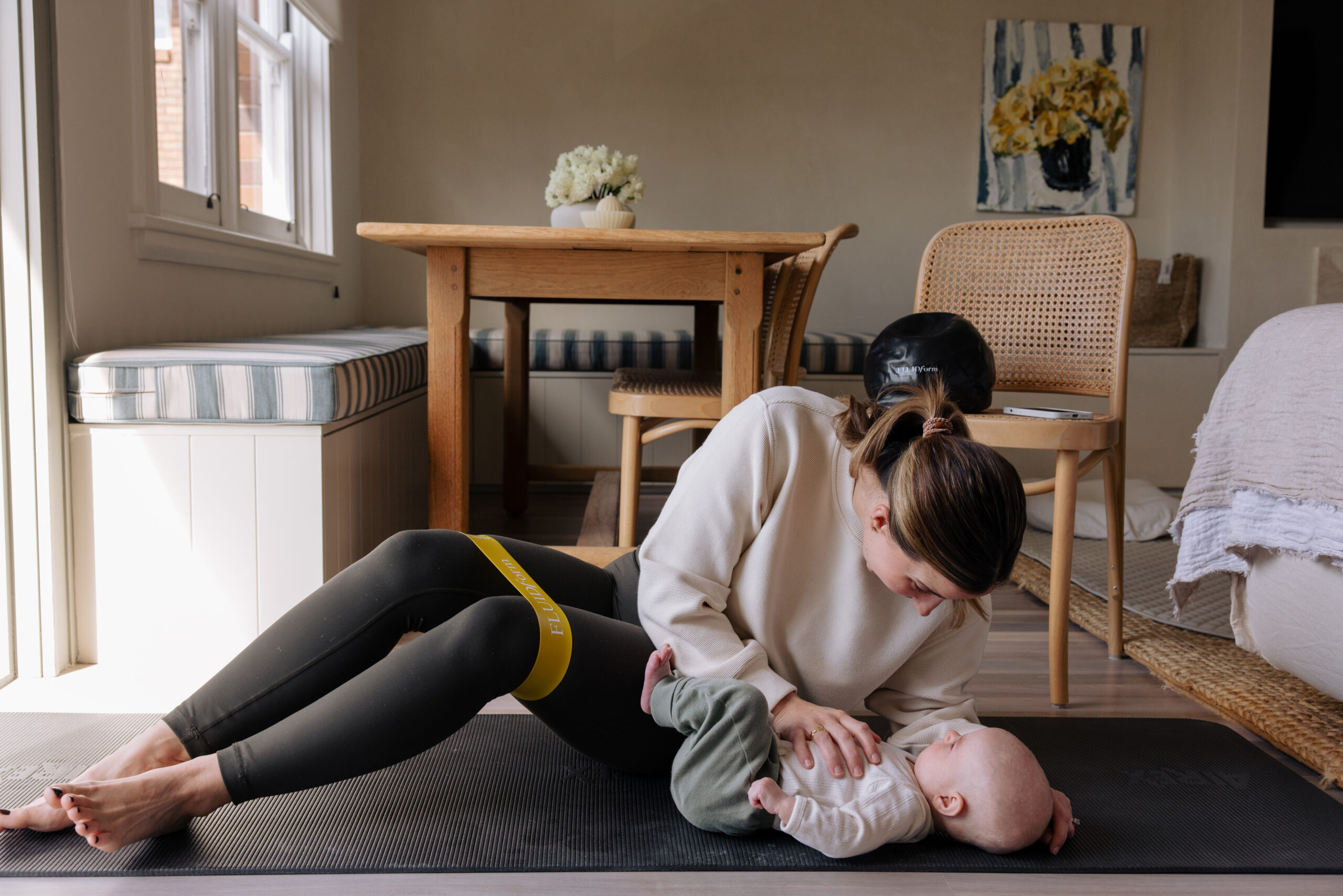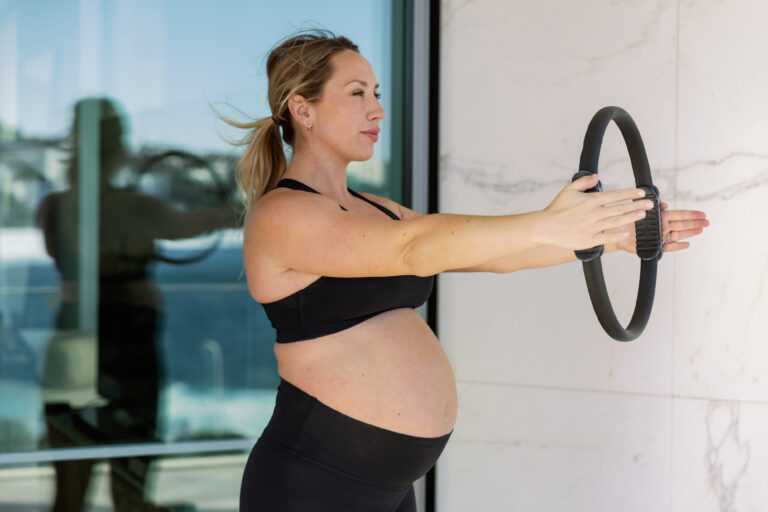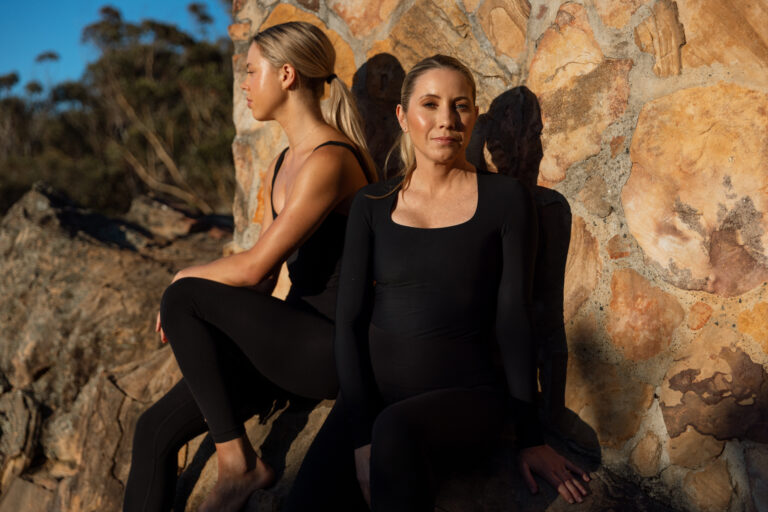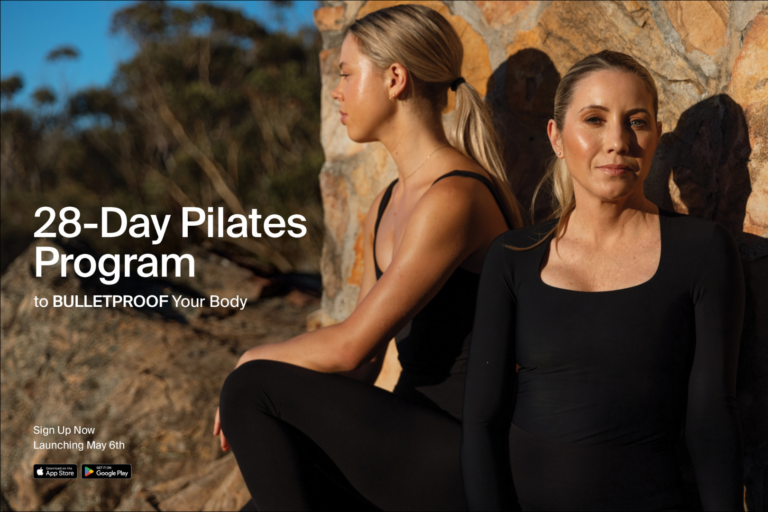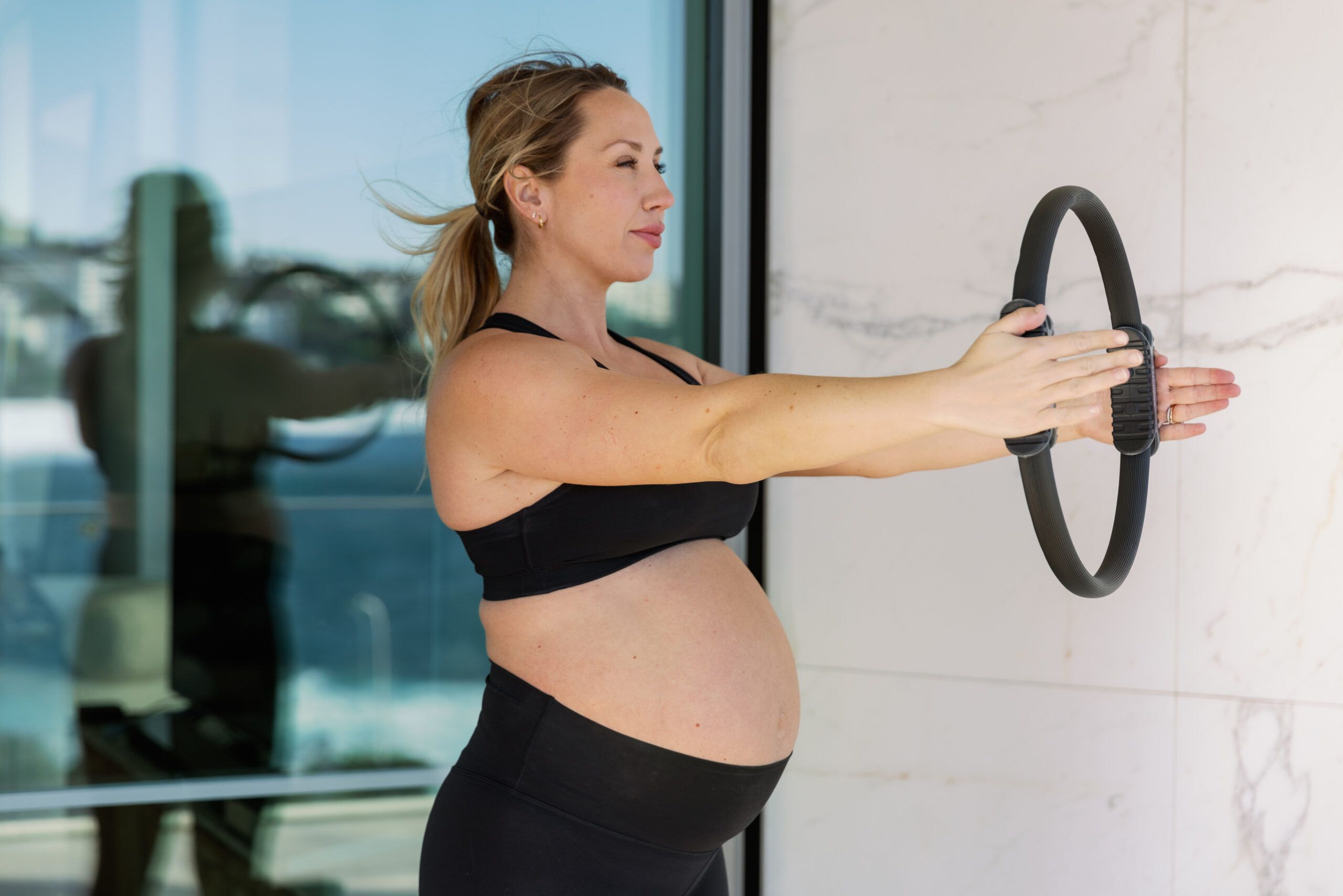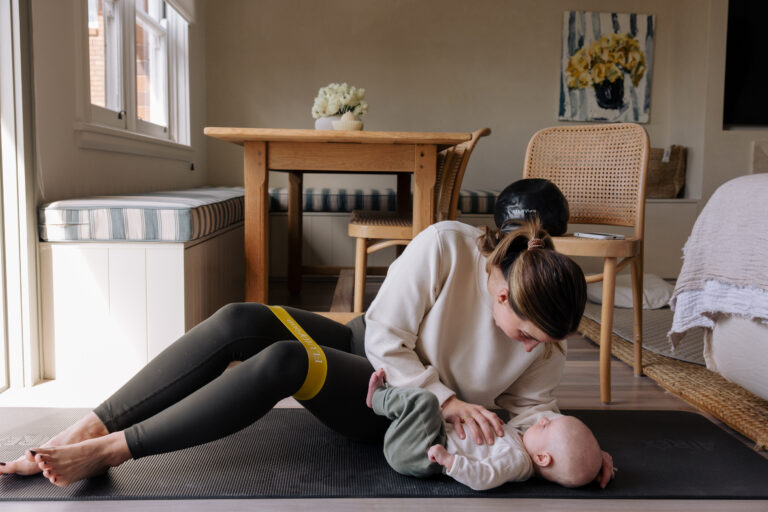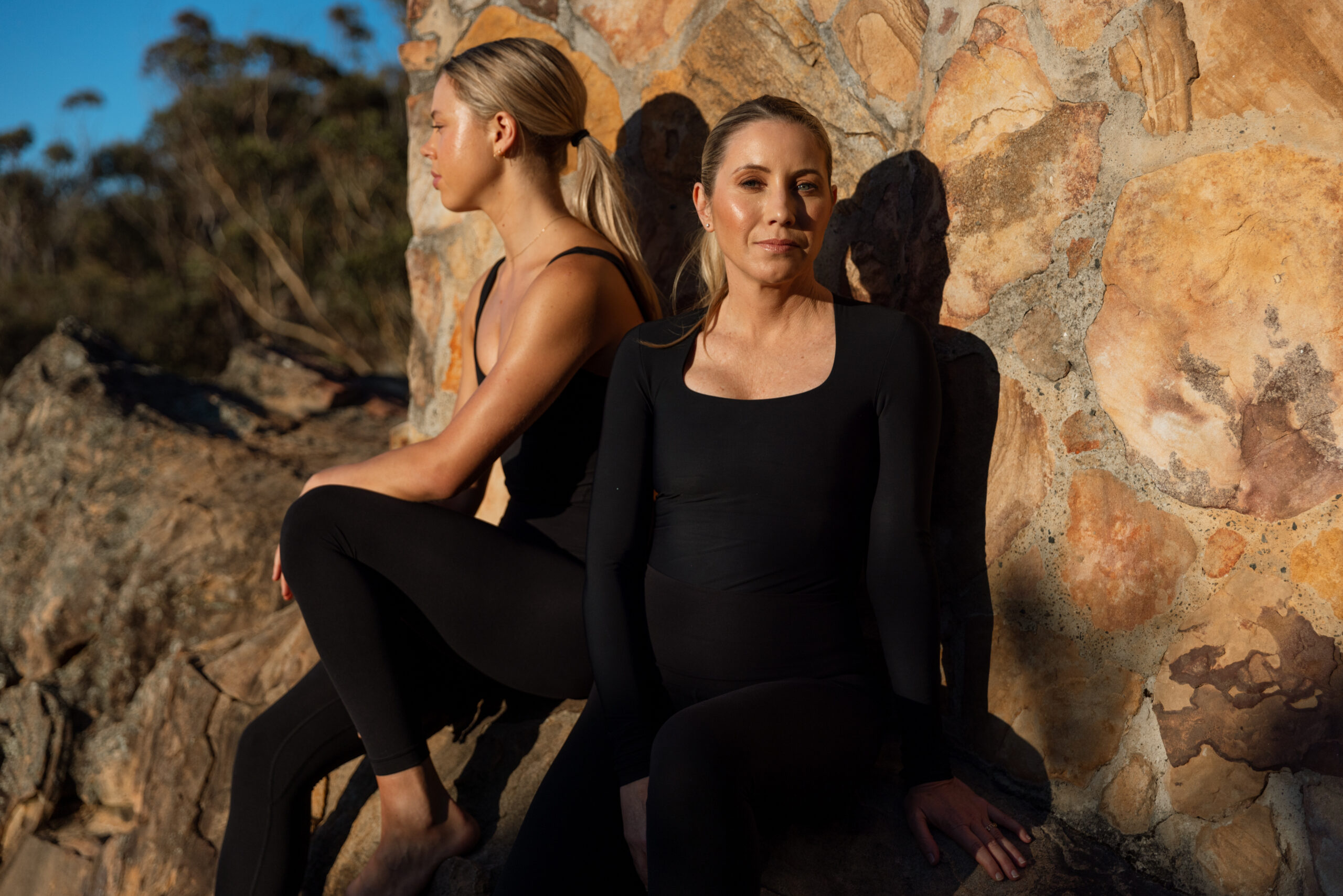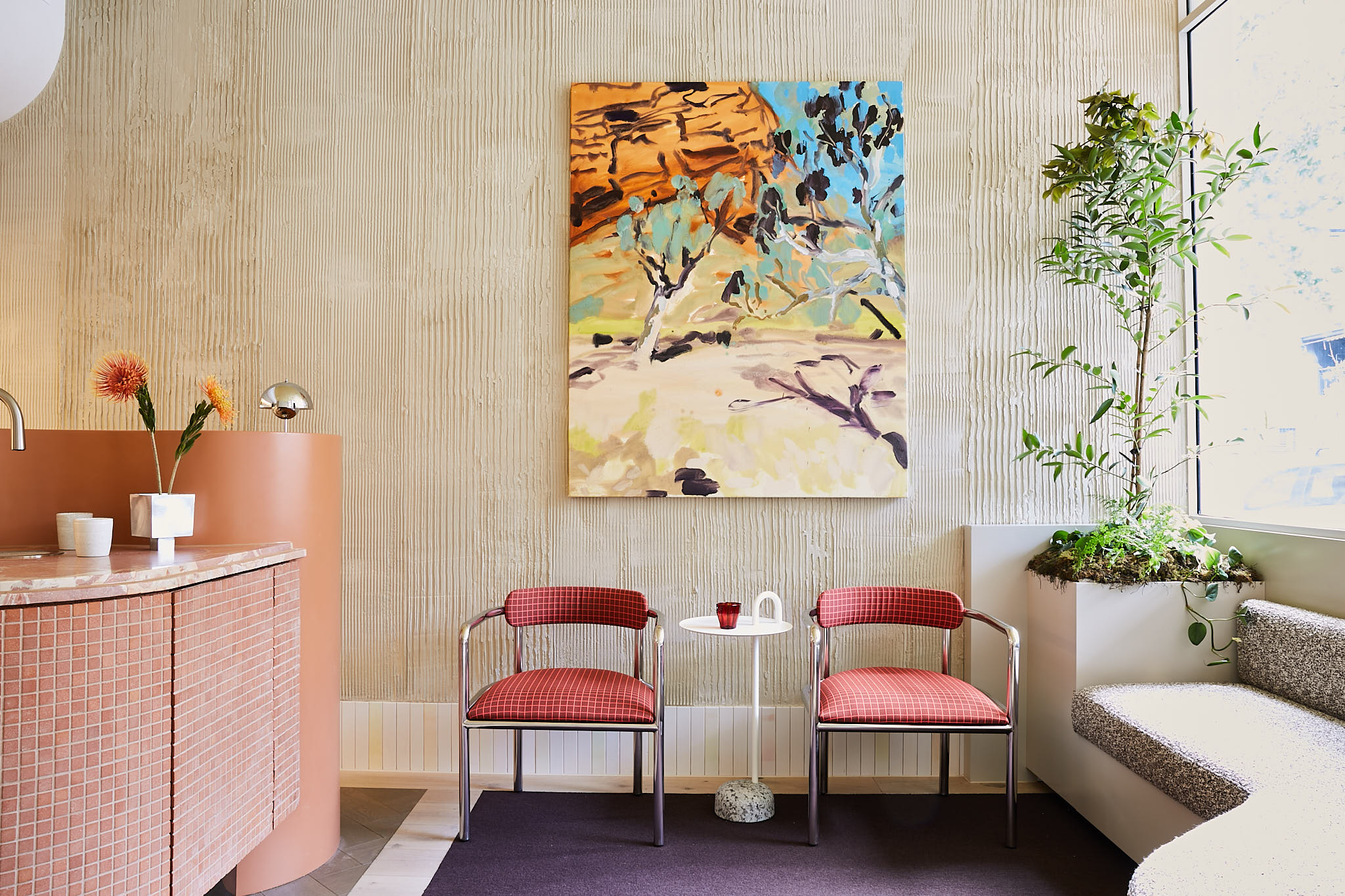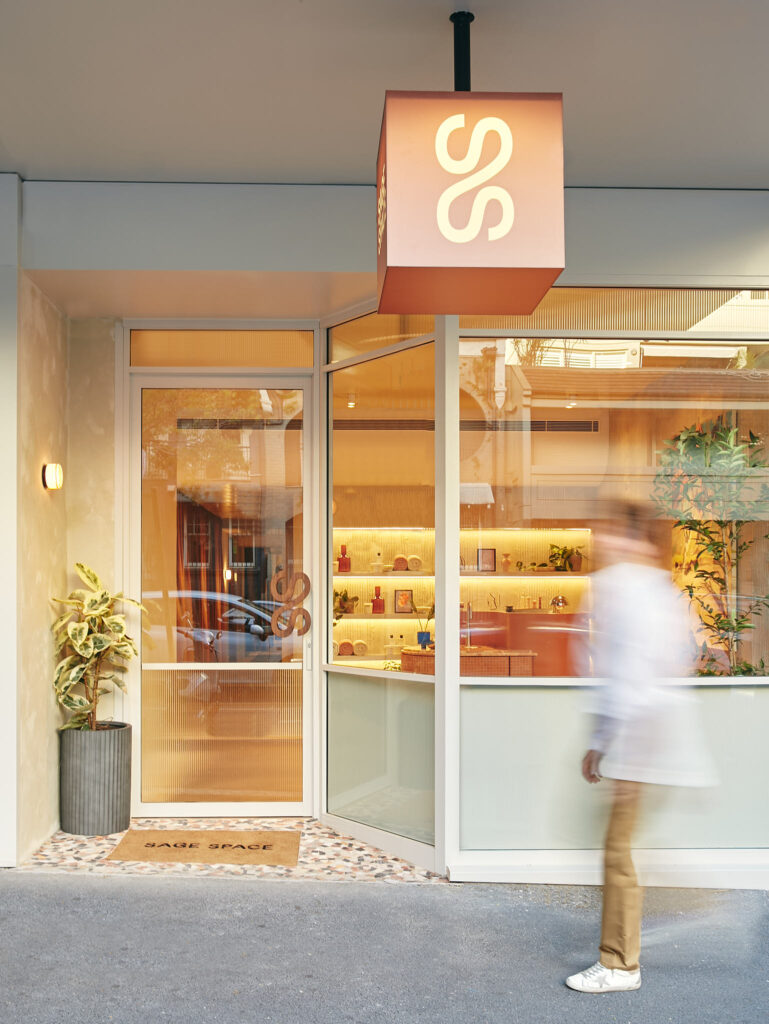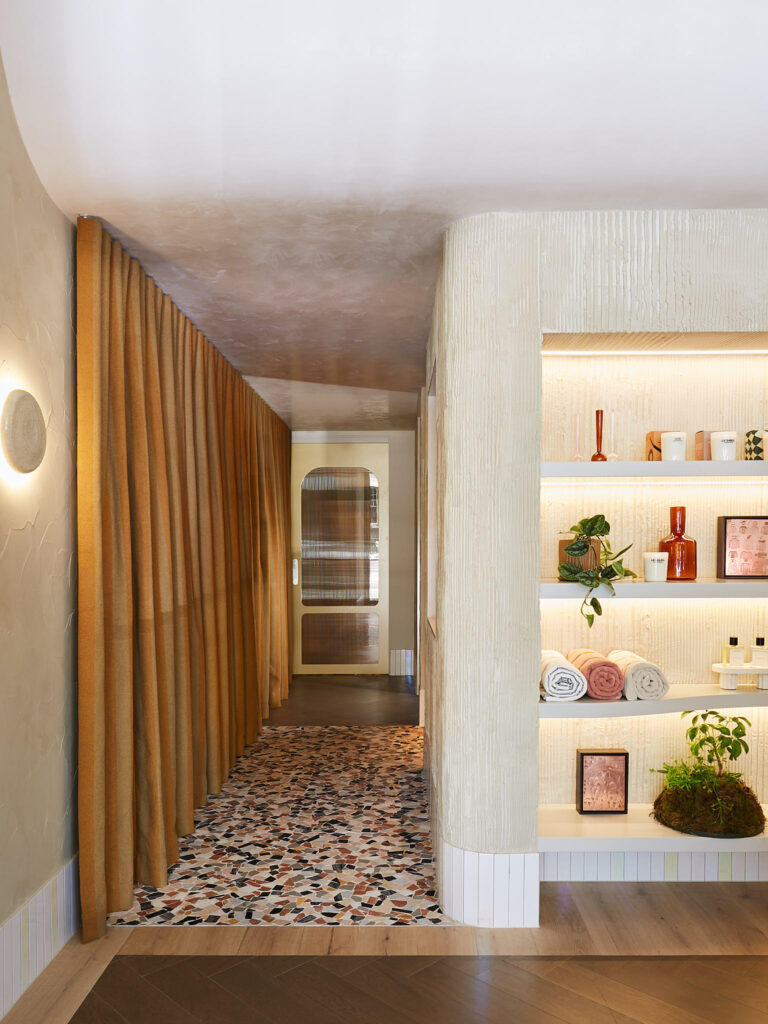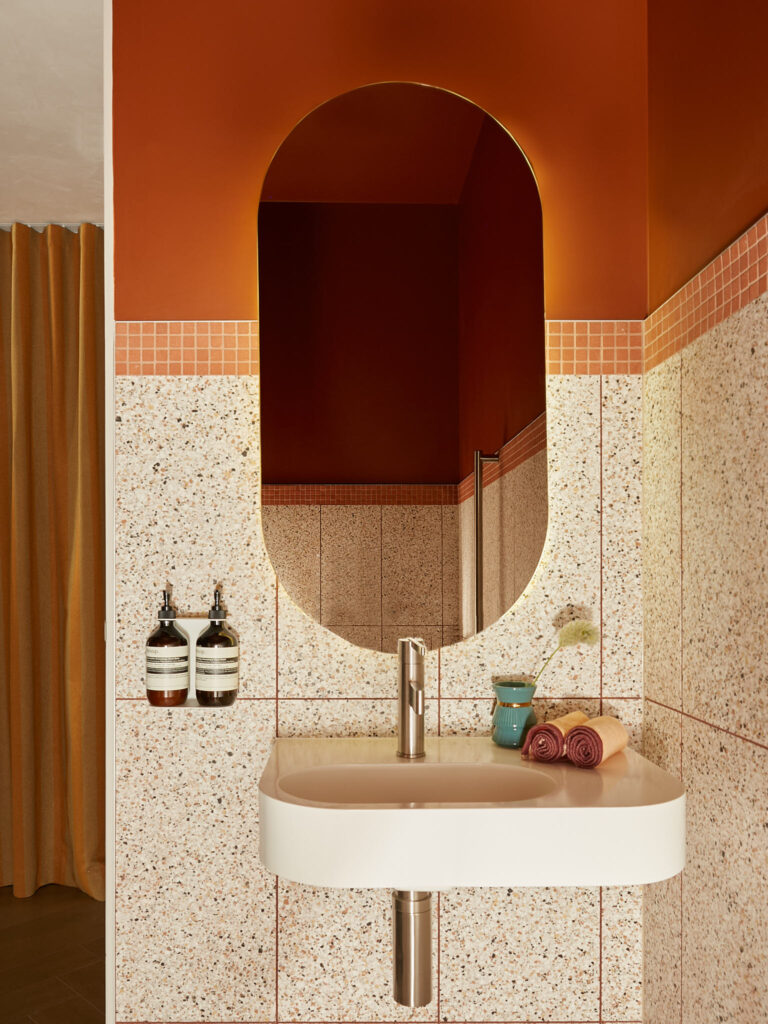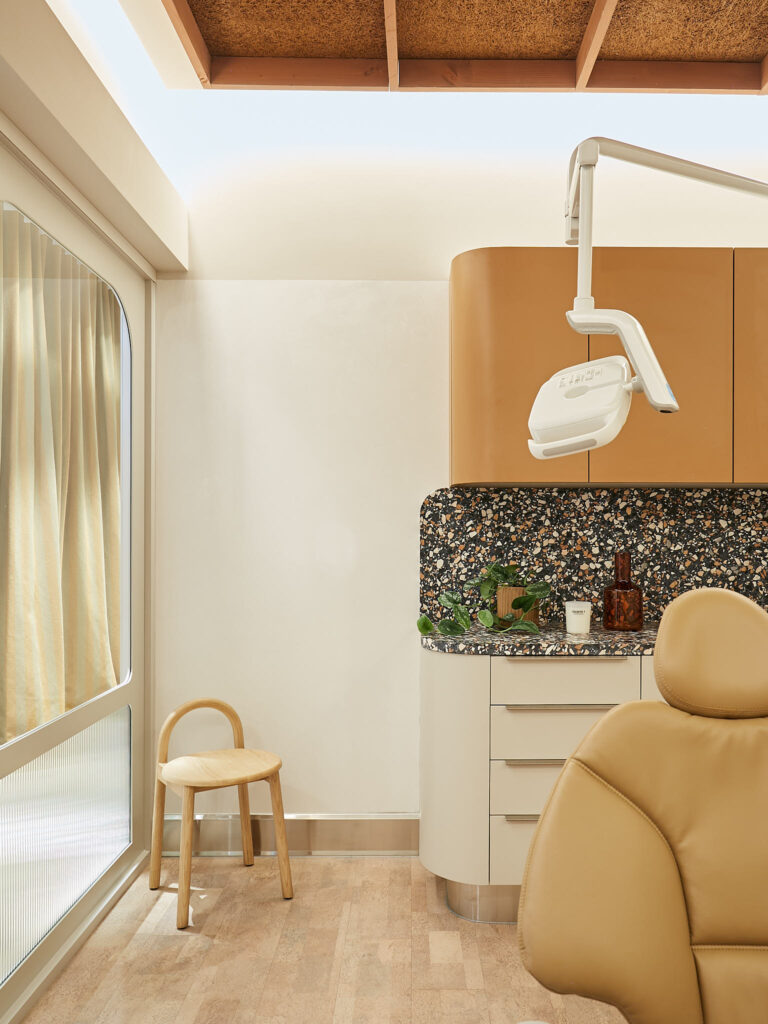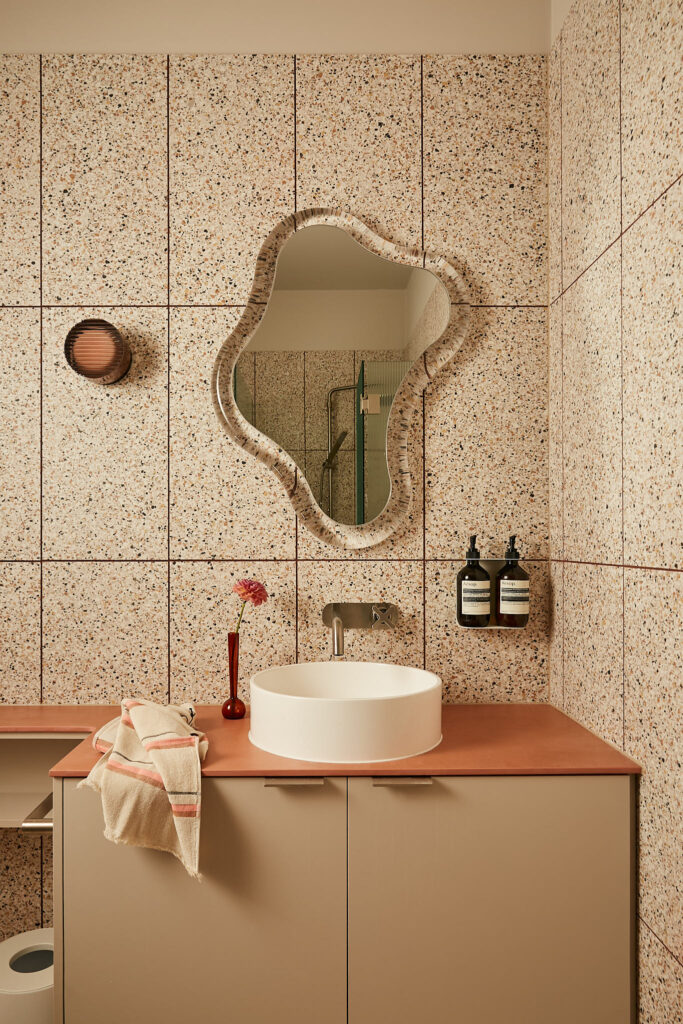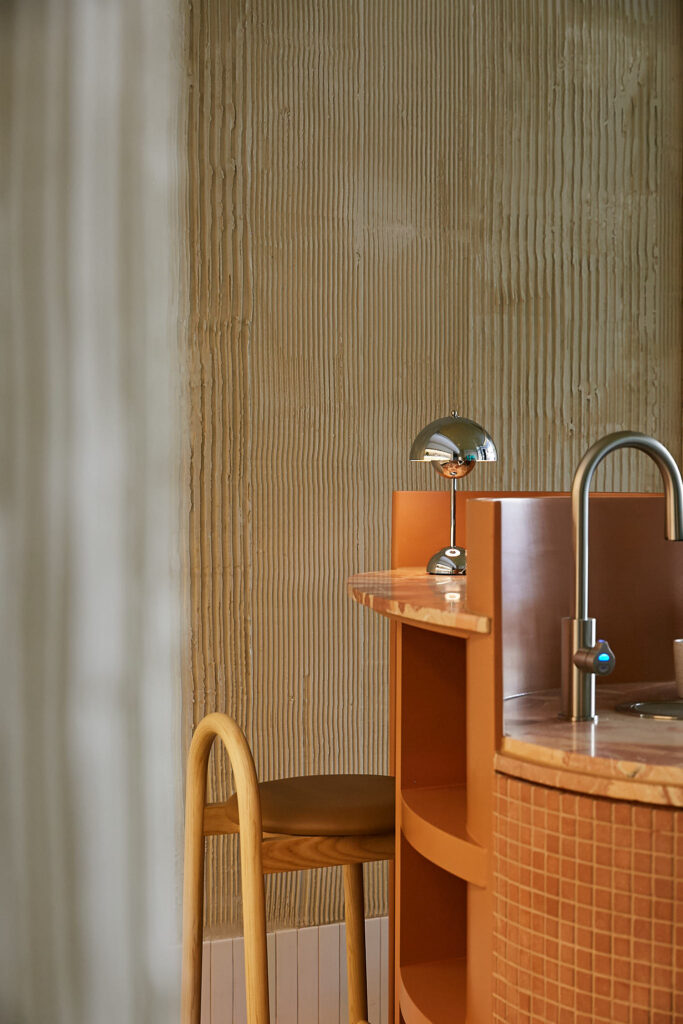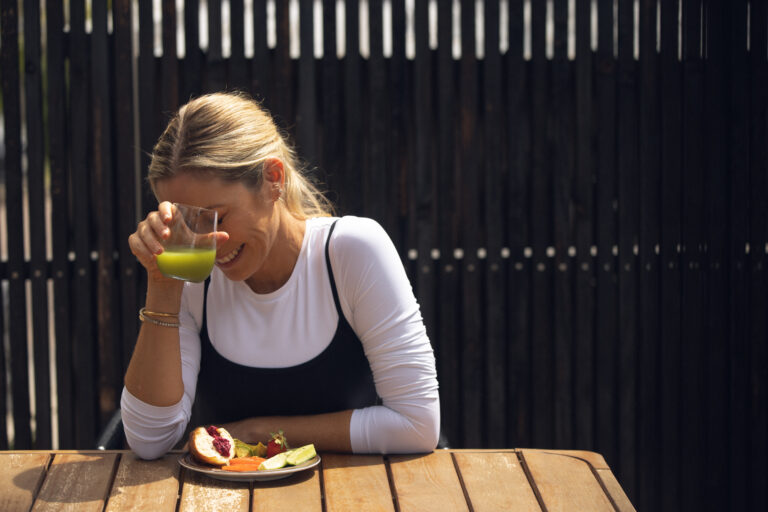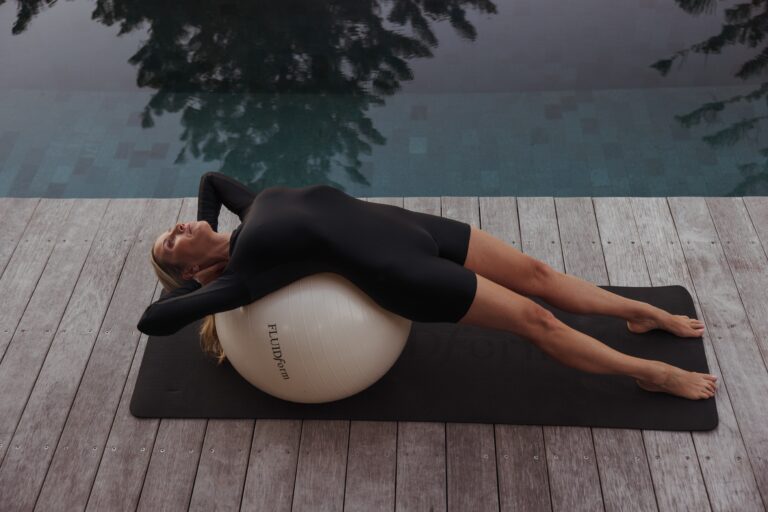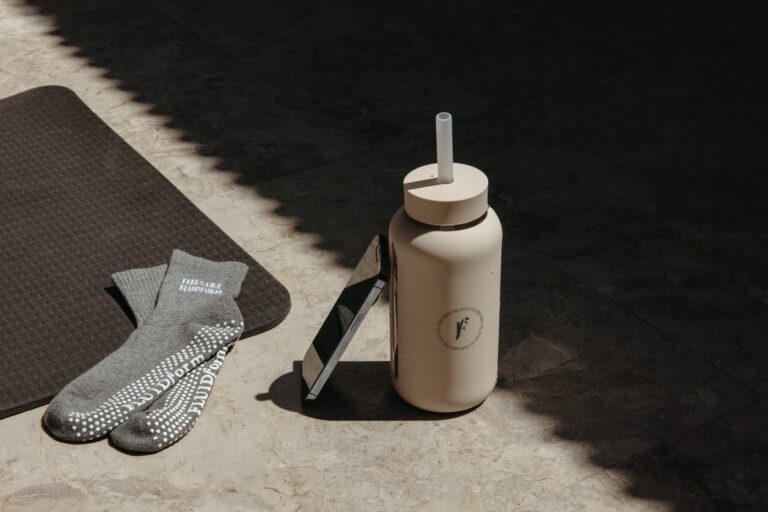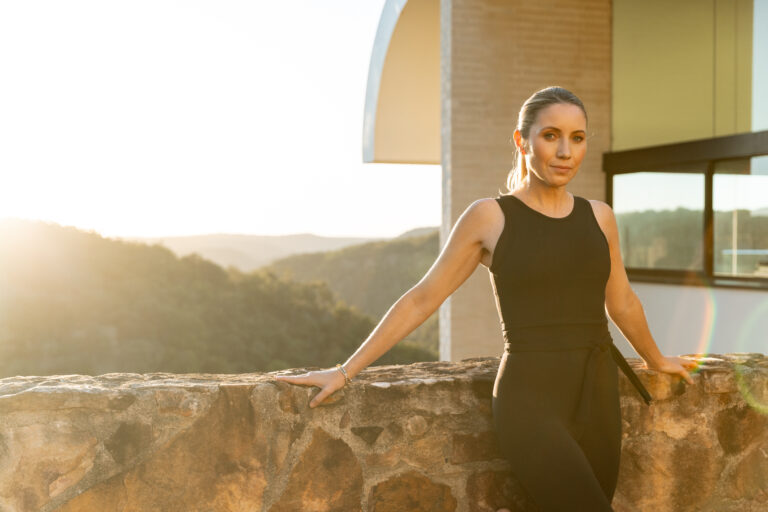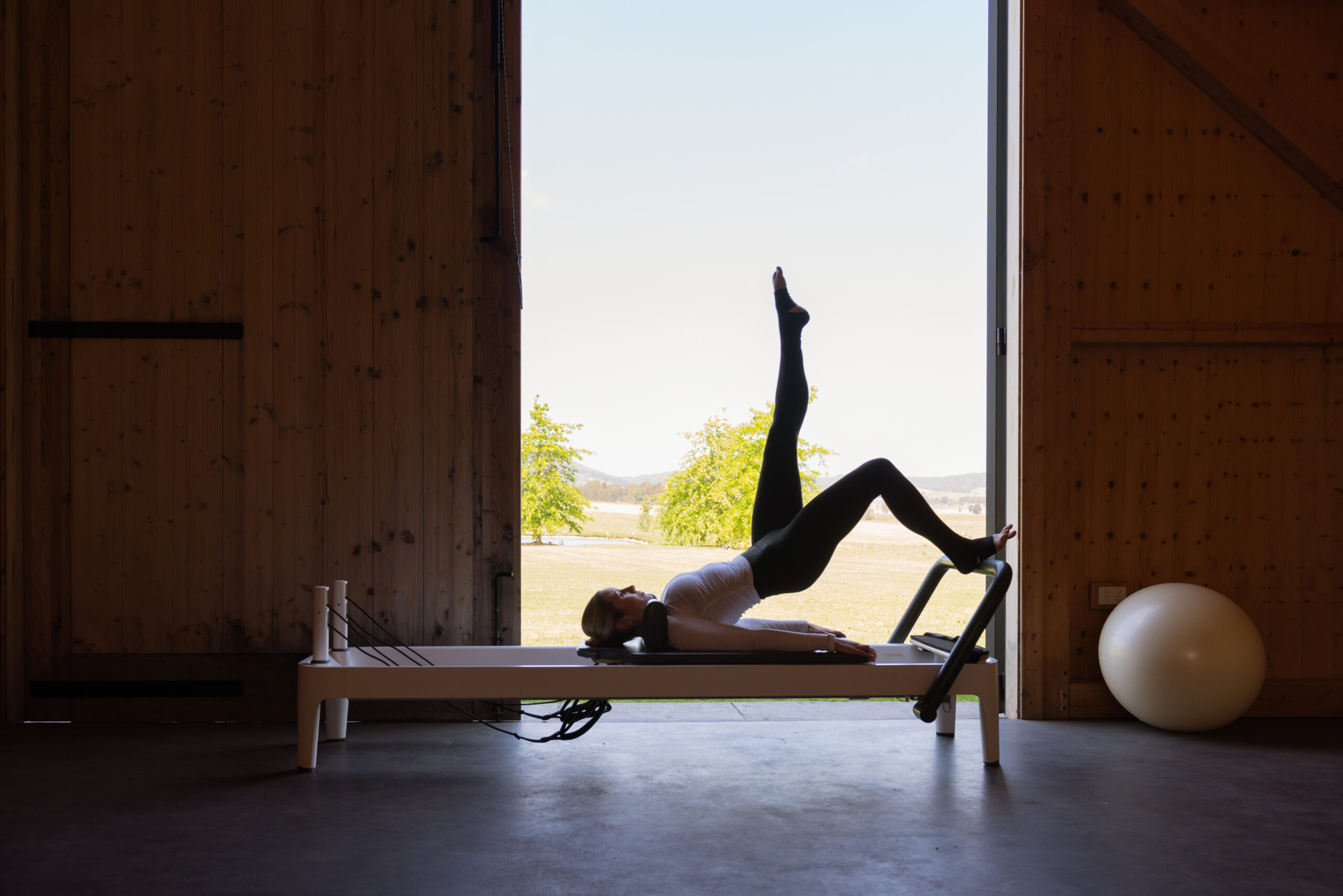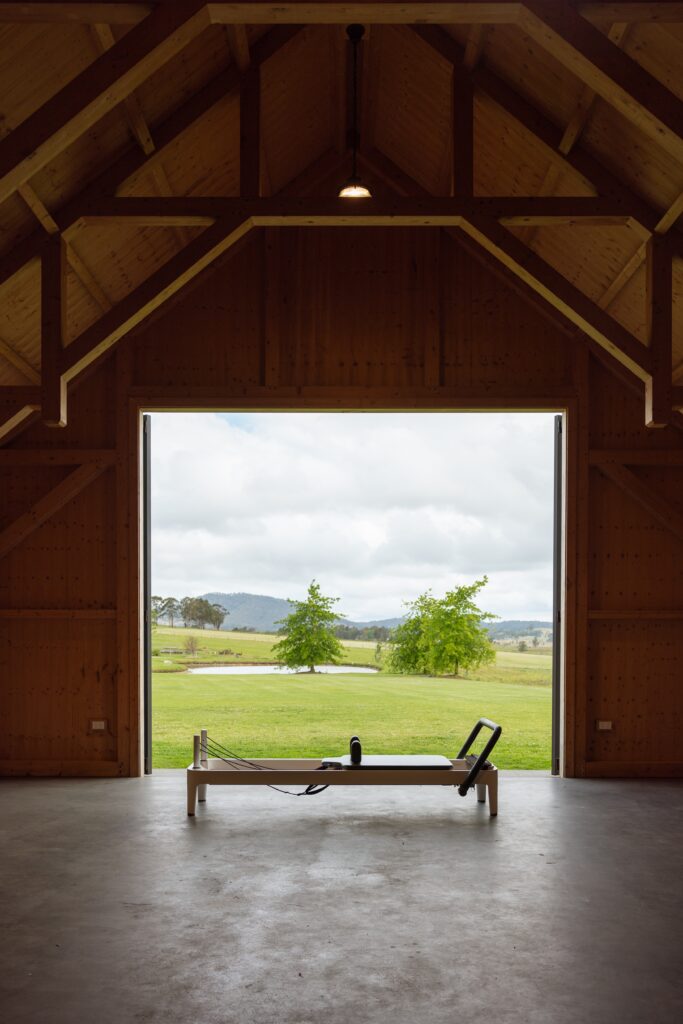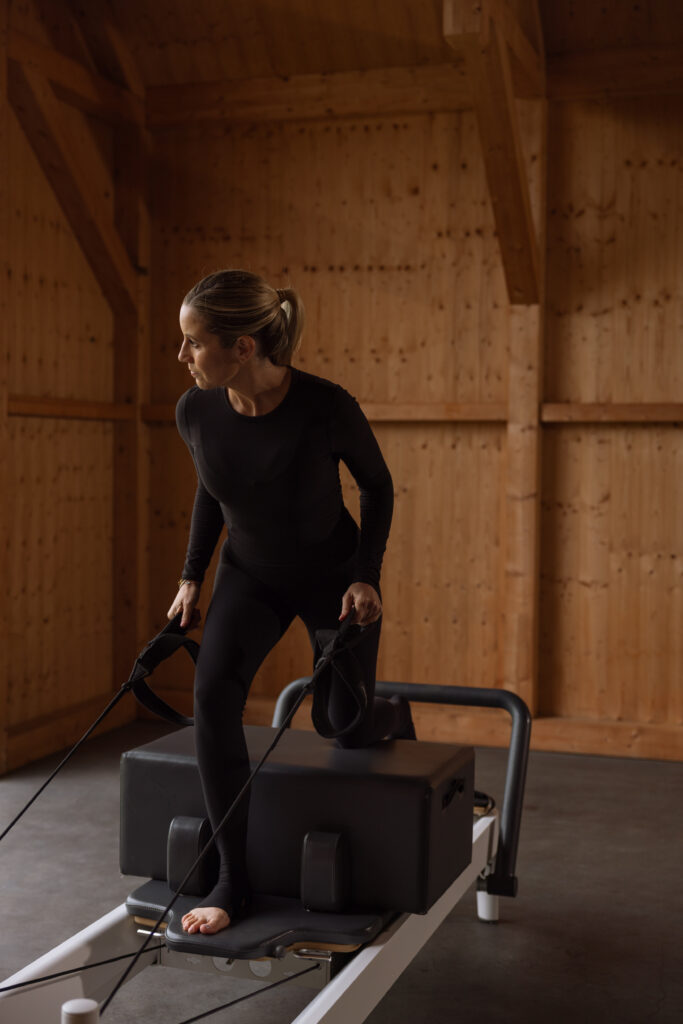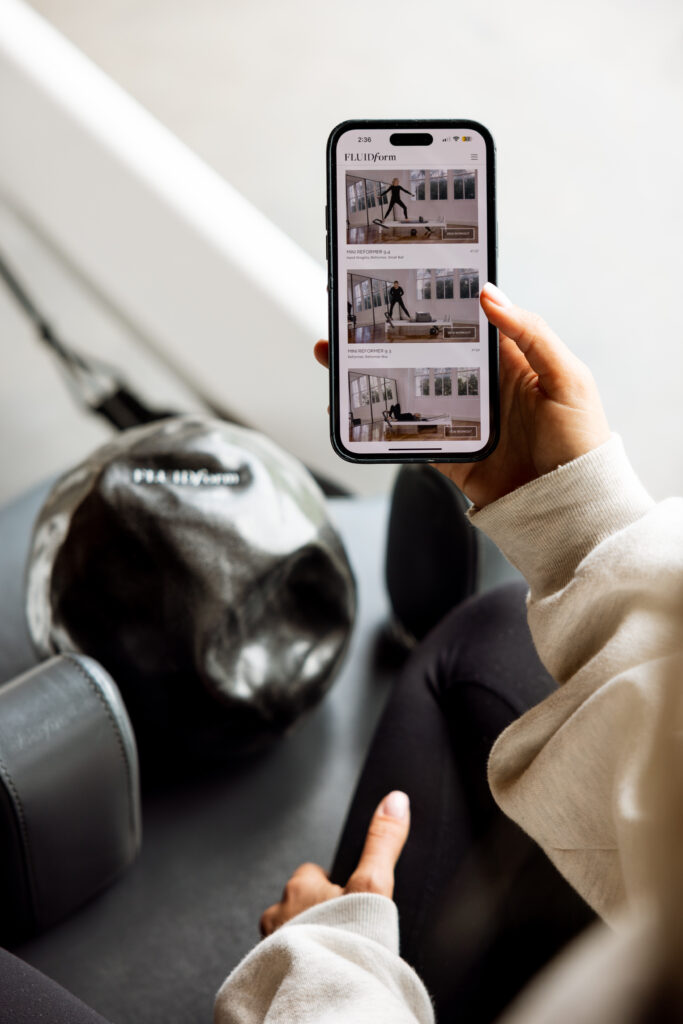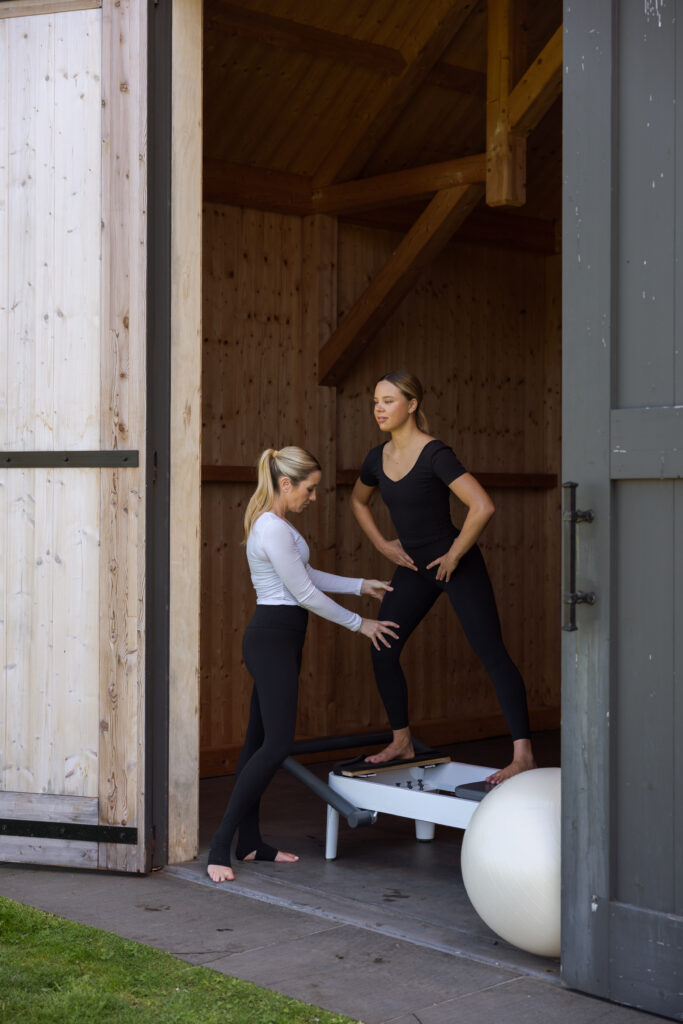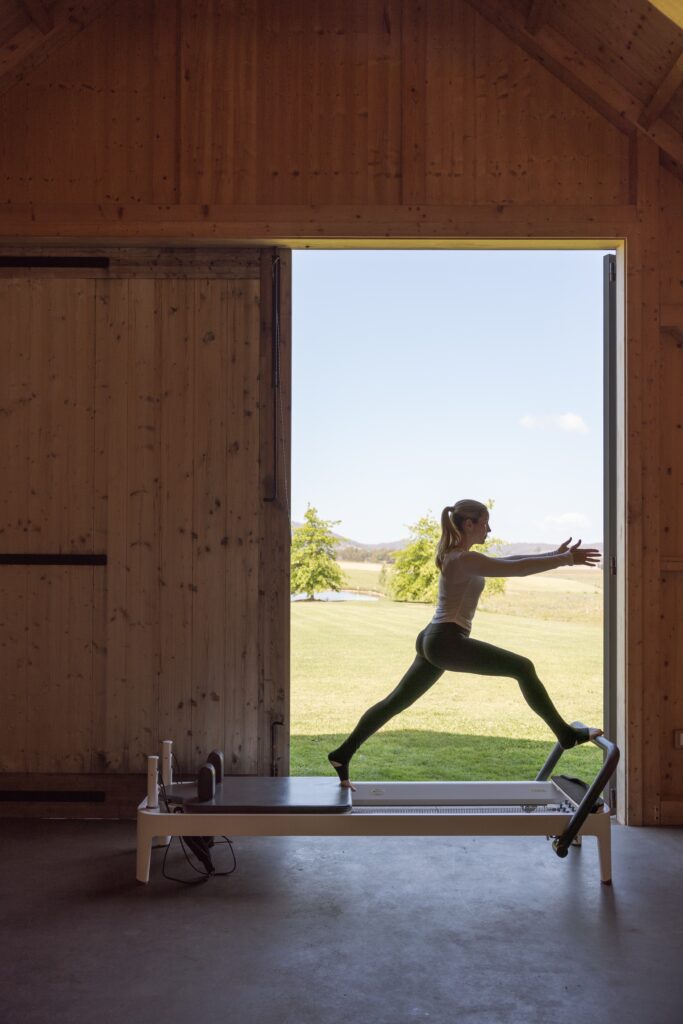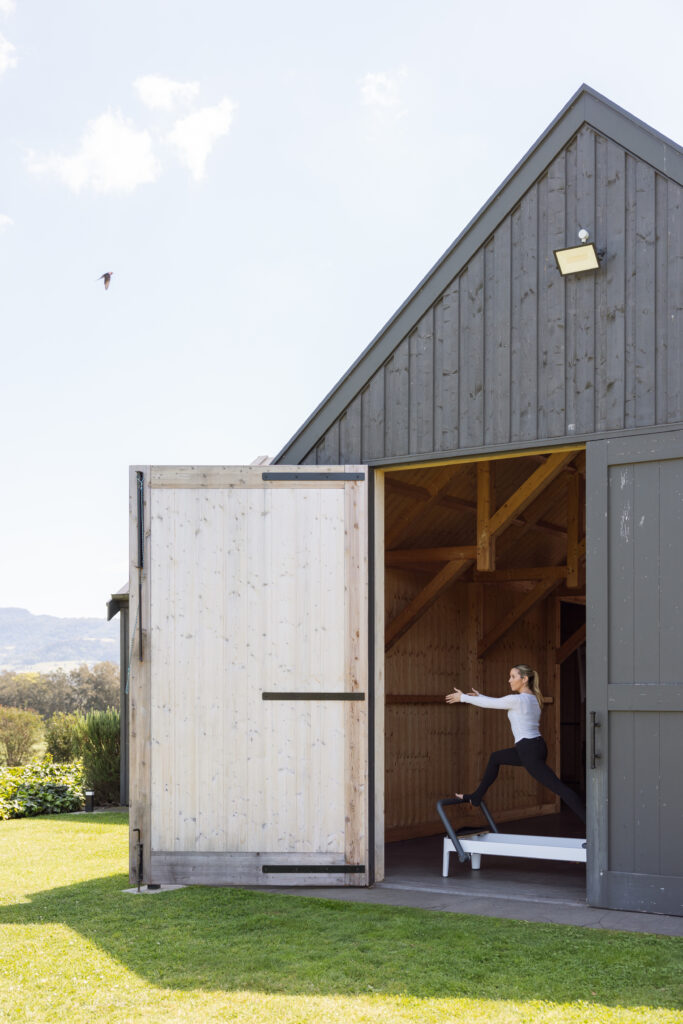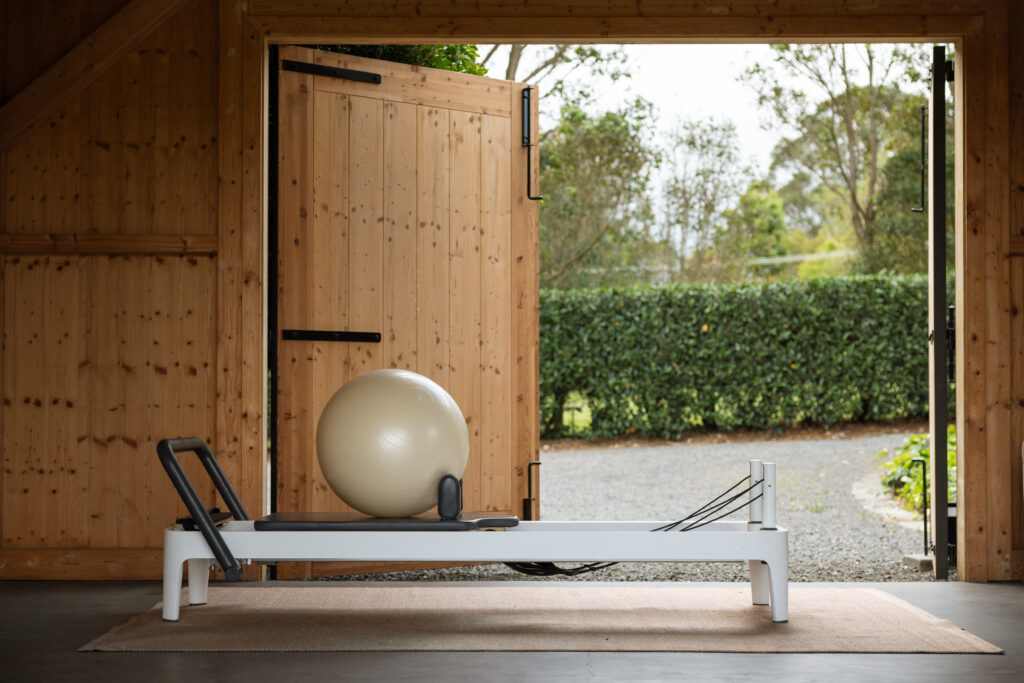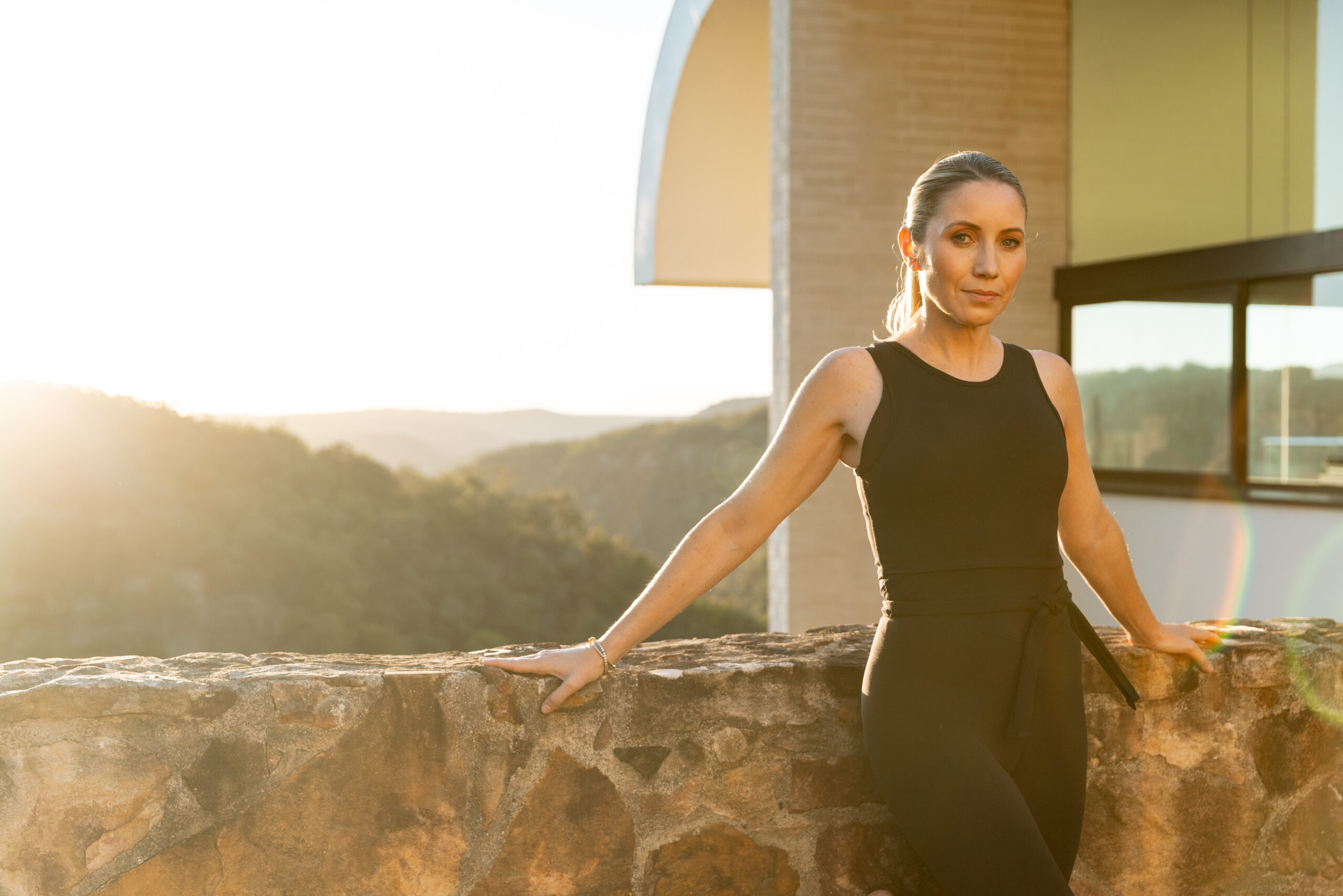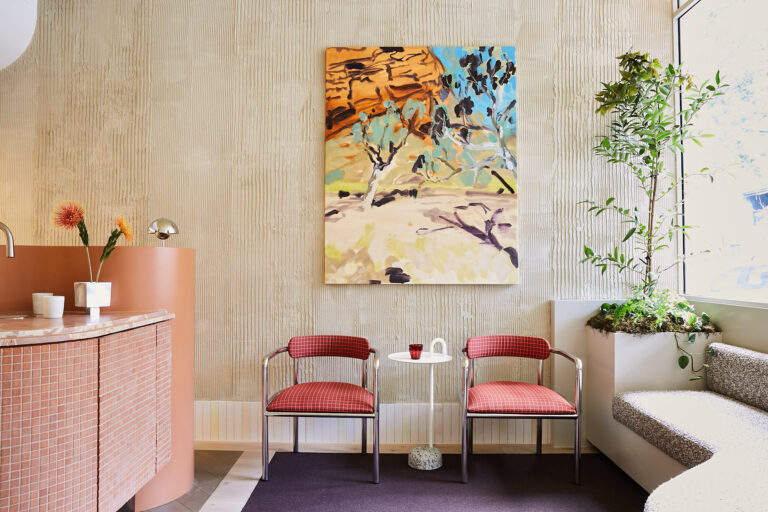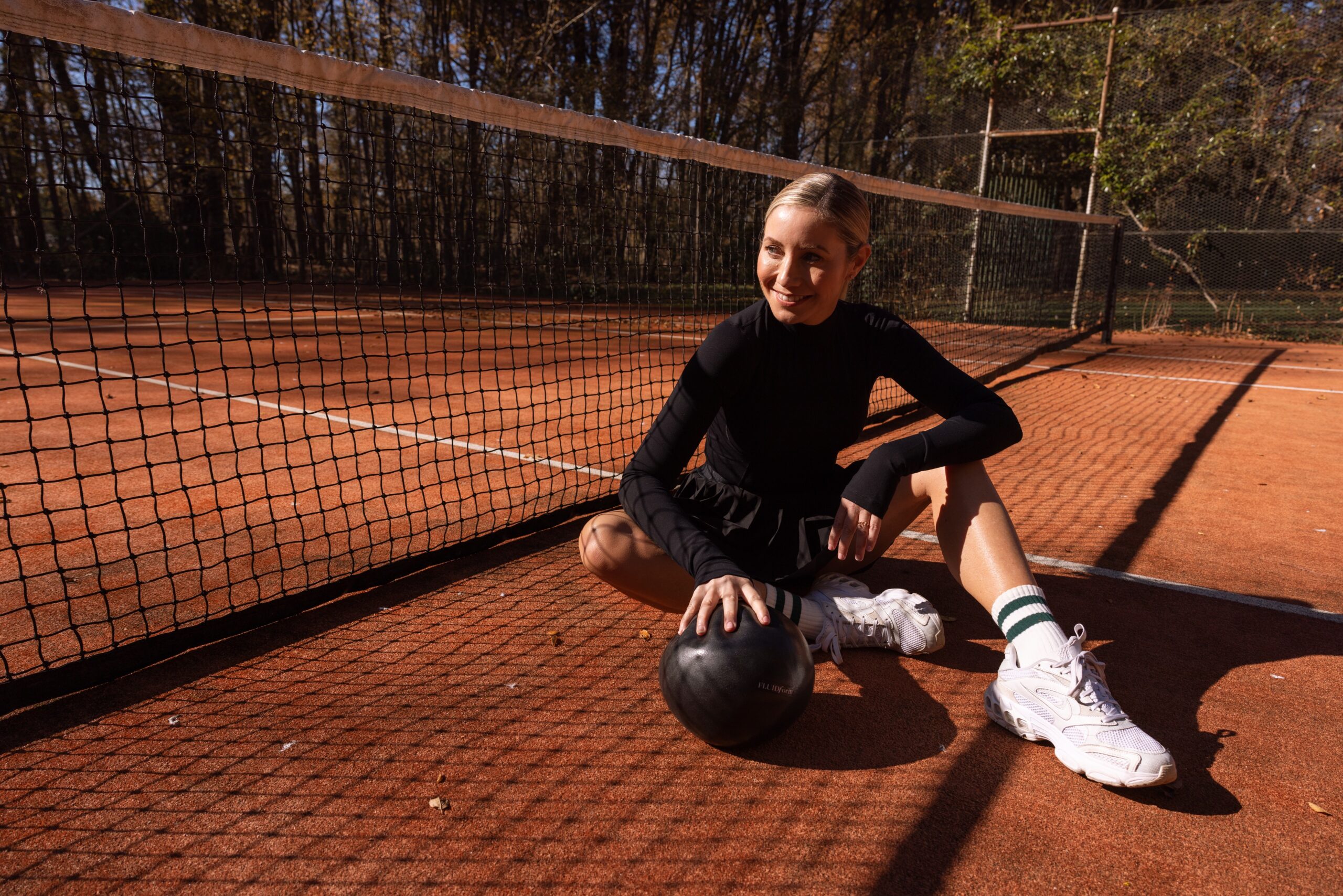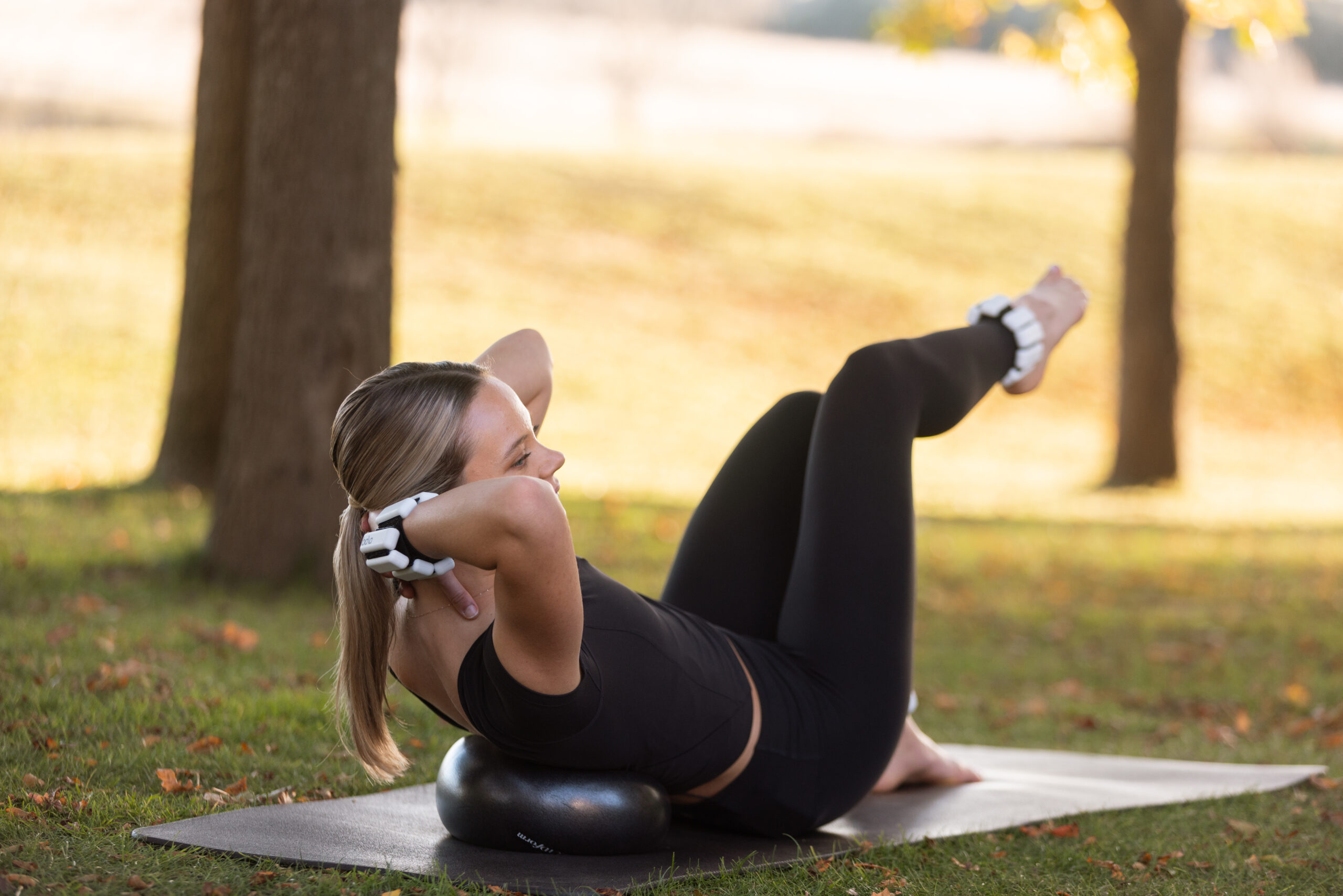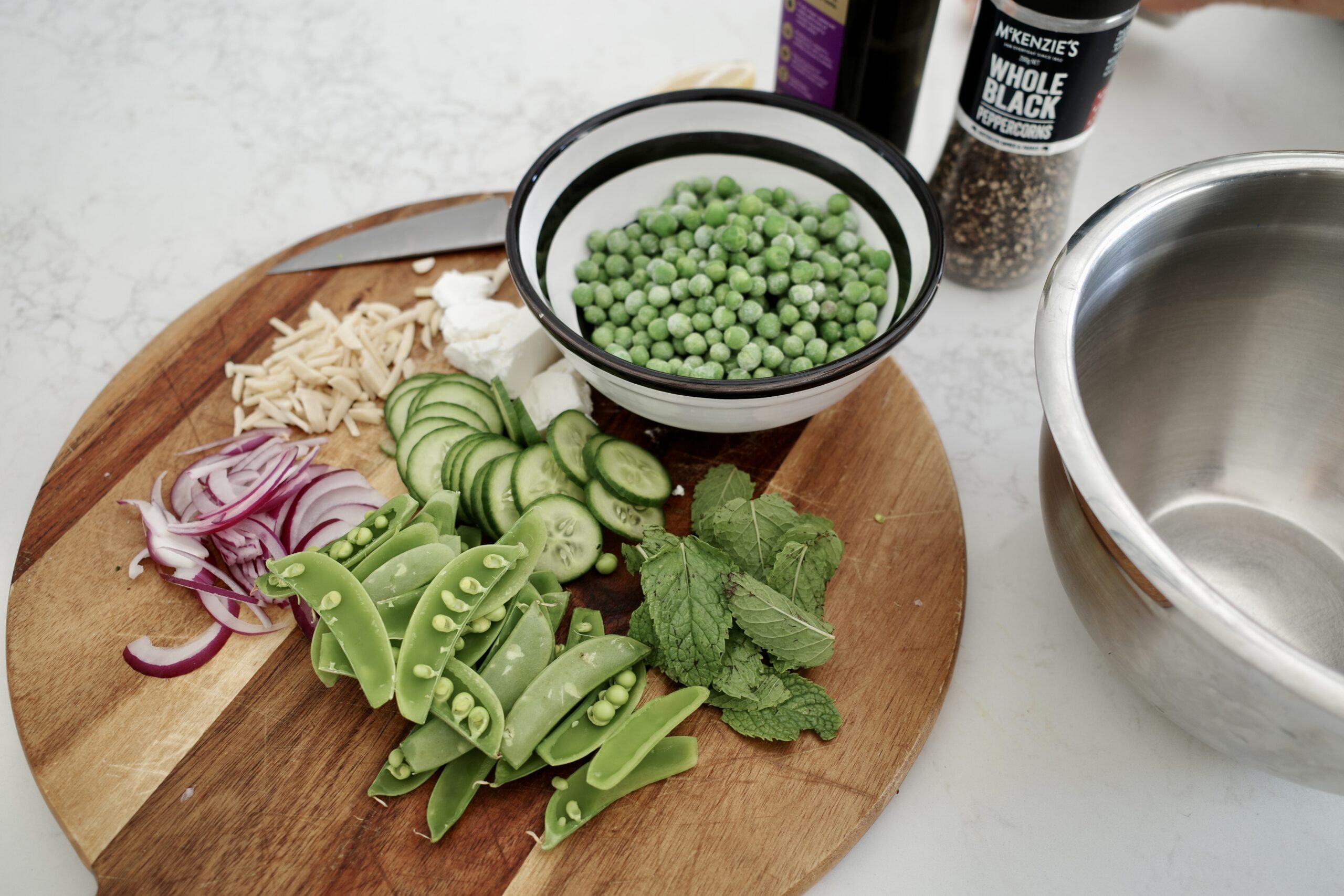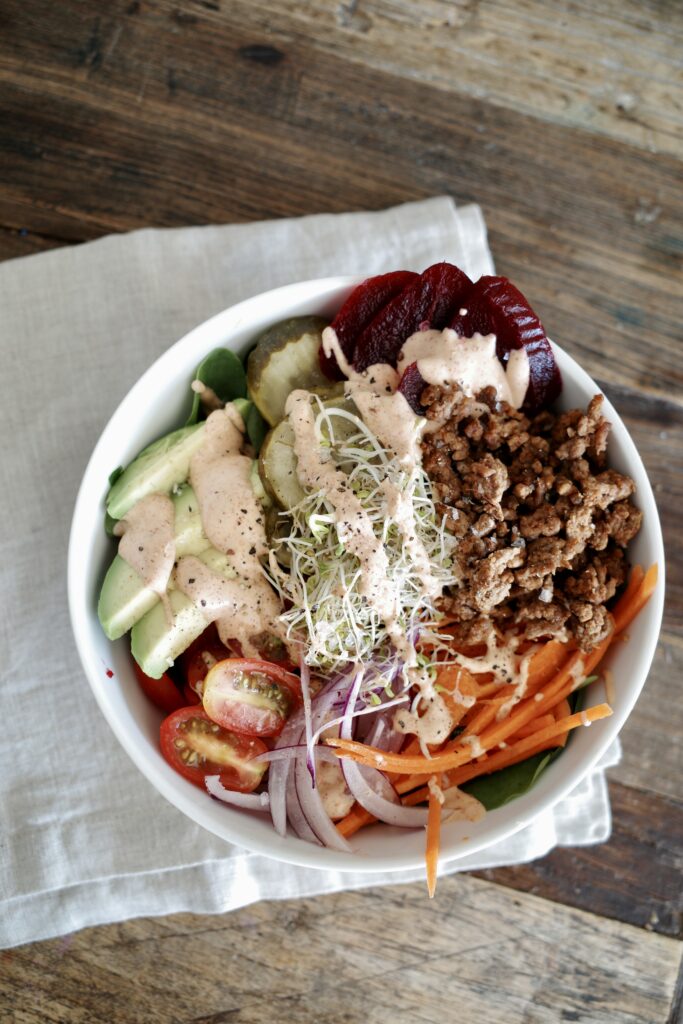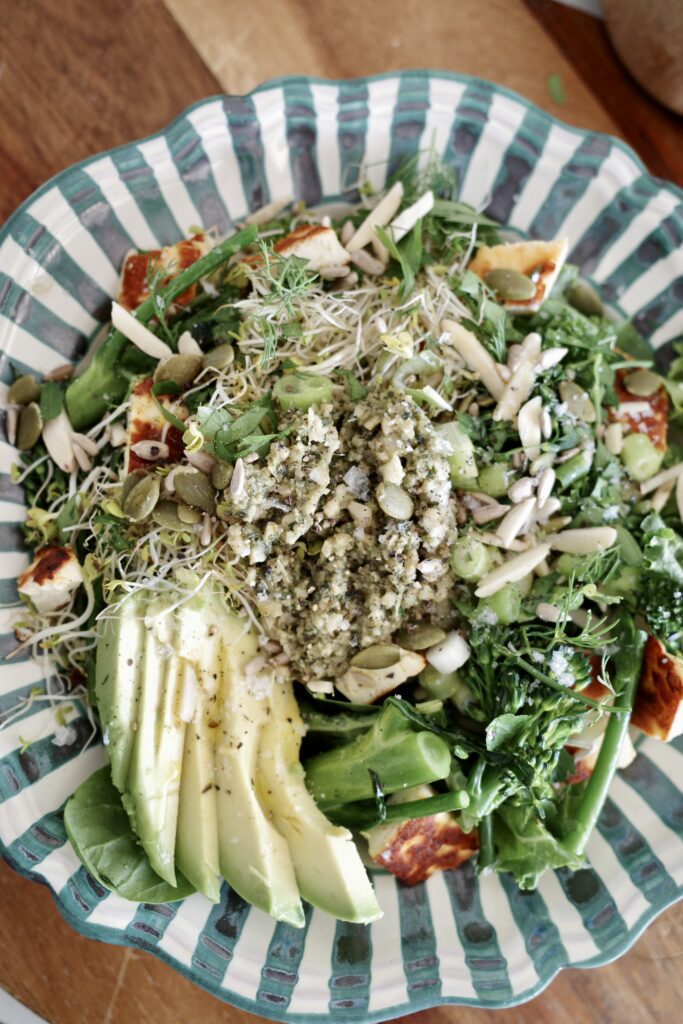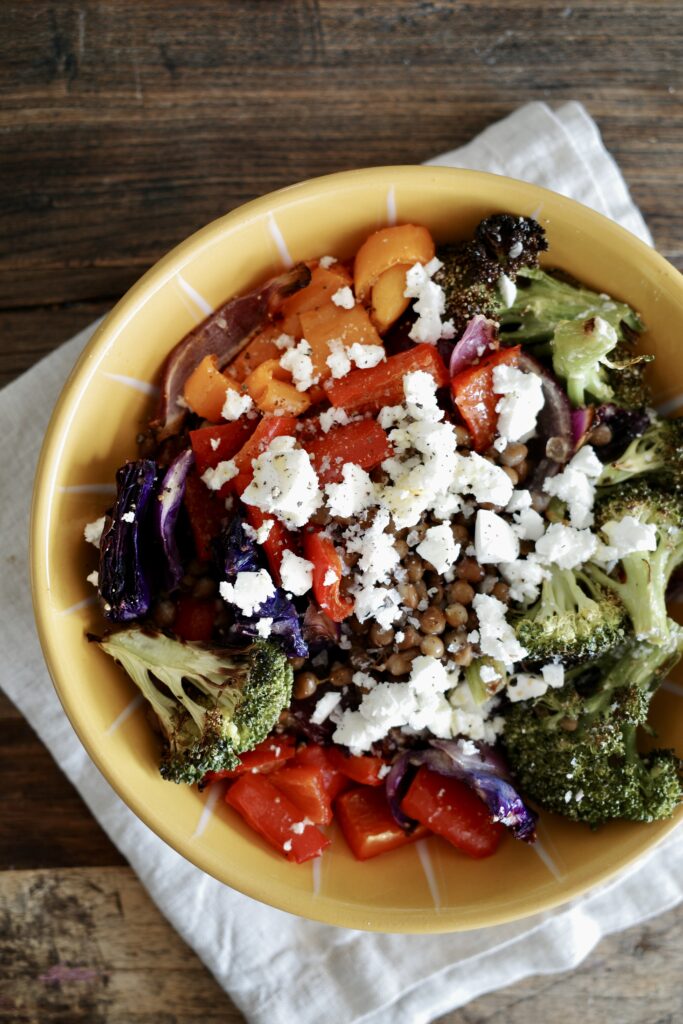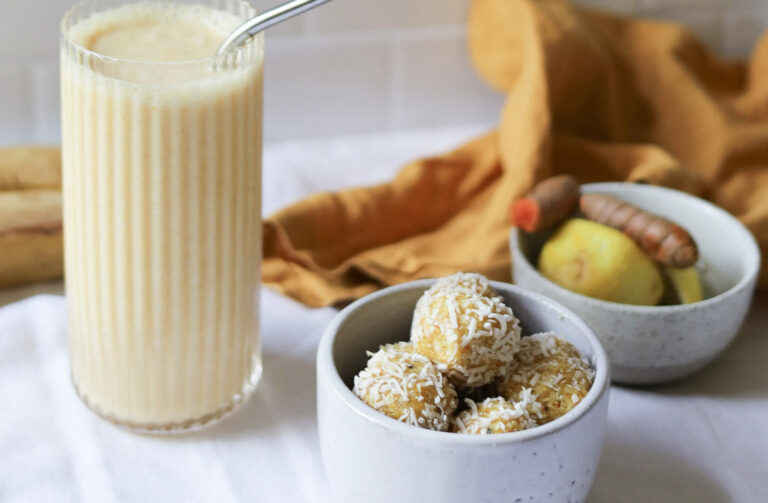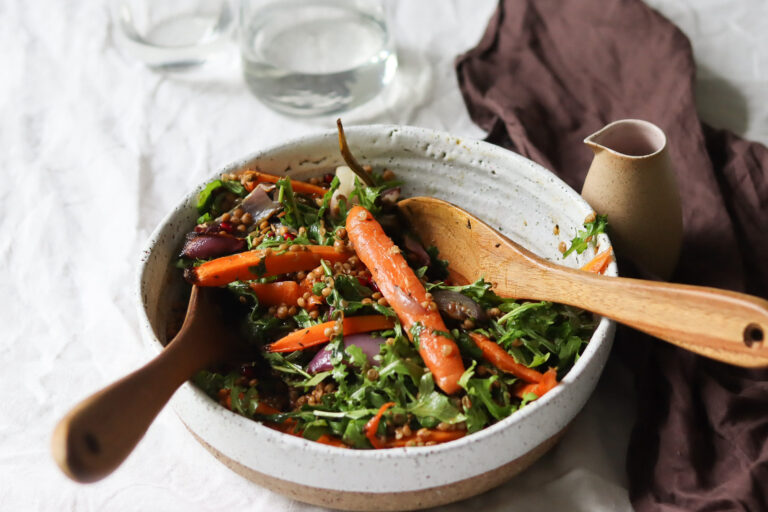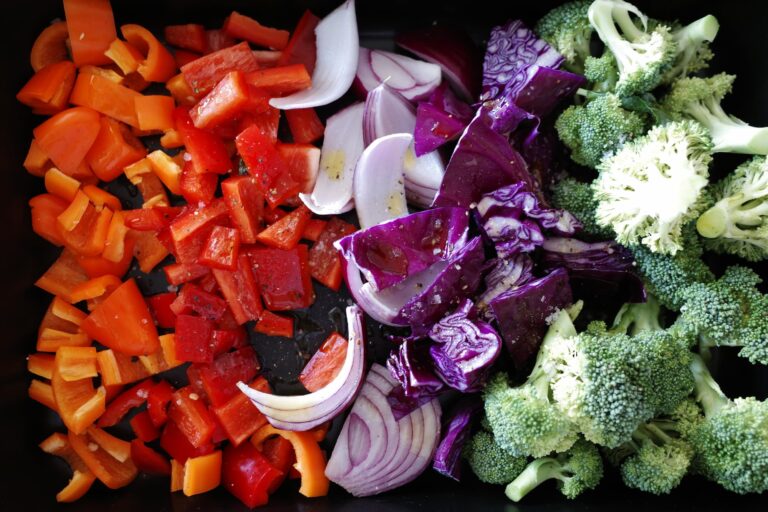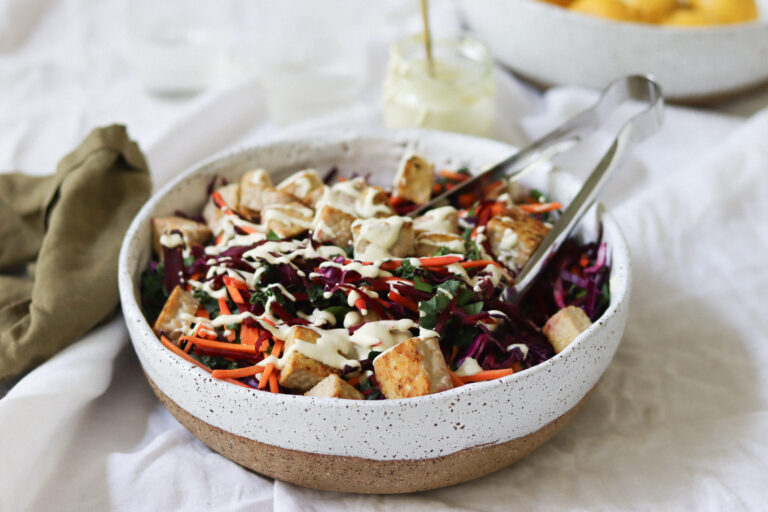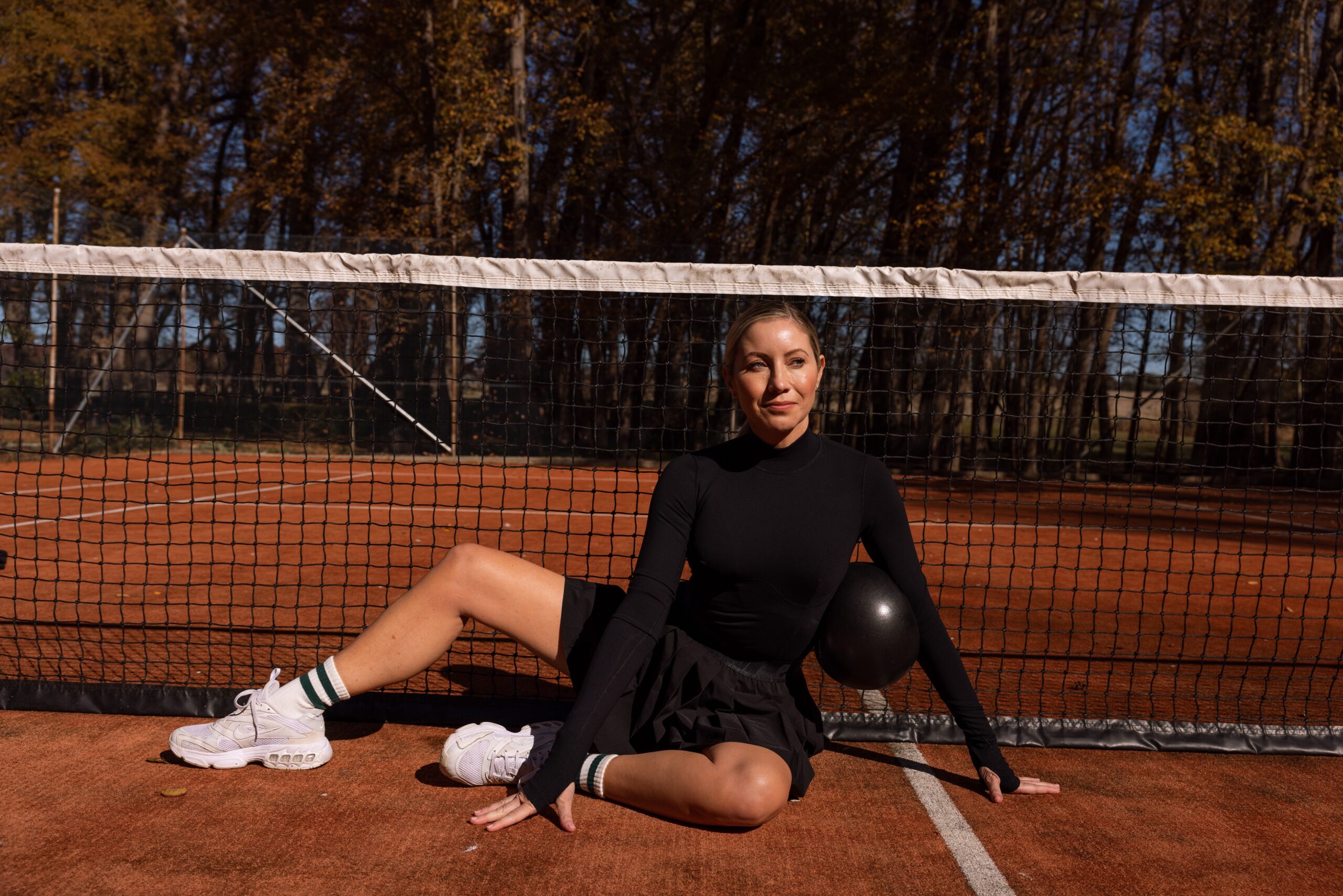Are you struggling to activate your abs, due to a weak core?
Let’s take a look at why, and how to combat this in order to connect, activate and strengthen your abs.
What you may not realise, is your core region spans all the way from your pelvic muscles, up through the multiple layers of your abdominals, wrapping around the front and back of your obliques and right up to your ribcage. Your core protects your posture, stabilises your balance and powers your performance in all forms of exercise and day to day life. A weak core, not only impacts these areas, but requires other parts of the body to overcompensate, creating imbalances, pain and injuries.
Here are 5 signs of a weak core to look out for, and small changes to improve your core strength and stability.
Poor Posture
Do you often find yourself hunched over or straining your neck, back and shoulders? It’s likely your posture is off, which generates starts with a weak core. Poor posture is the result of poor abdominal connection and weak pelvic floor muscles, which creates a forward tilt in your pelvis, curve in your back and hunched shoulders. This creates strain in your neck and head, creating tightness in your chest and shoulders.
Try this! The next time you find yourself hunched over or with a sore neck, *switch on* your abdominals by activating your pelvic floor muscles and finding a neutral spine position. In this position, you will feel your abs engage, your chest open and shoulders draw back and down. This will relieve strain and pressure in your neck.
Tight Hips
Go for a walk and take note of your hips. Do your hips rotate forward and back as you step forward? This may be a sign of weak glutes. When we walk with our hips, we are over-using these muscles, rather than activating our core and glutes, which creates tightness and pain in our hips.
Try this! Next time you go for a walk, concentrate on stabilising your pelvis and using your glute muscles to power your movements. Not only will you relieve tension and tightness in your hips, you will have more power by using your glutes to walk efficiently, free of pain.
Pelvic Pouch
Do you find it difficult to tone and shift weight around your lower abdominals, pelvic region? A weak core creates a forward tilt in our pelvis, which creates this “pouch” around our lower abdominals. This is not always a reflection of a lack of exercise and poor diet, but rather a weak core and pelvis.
Try this! Concentrate on maintaining a neutral pelvis. Whether you are sitting at a desk, going for a walk or doing your daily Pilates–maintain neutral pelvis! Imagine the natural curve of your spine–a backward ‘S’ shape from your neck, curving inwards around your lower back and curving outwards at your pelvis and glutes. By maintaining this small gap in your lower back and flat pelvis position, you will gradually engage, strengthen and tone your lower abdominals to “flatten” this pelvic pouch.
Poor Breath Connection
Do you struggle to connect your breath to your movements, or experience a general inability to properly breath? This might sound silly, but it is more common than you think. The ability properly breath and connect your breath to your body takes concentration and practice. We often have clients who say “I don’t know how to breath” or “I am always holding my breath”. This is a sign of a weak core.
Try this! Focus on your breathing. Whether you are sitting, walking, lying in bed or exercises, try to tap into your breathing and ensure you are achieving a full, deep breath, in sync with your movements. You want to ensure you are breathing up and into your ribs and down into your core, rather than “in and out” from your chest. This is fundamental to engaging your abdominals and building a store core.
Unsteady Balance
Do you often find yourself reaching for objects or furniture to lift you up, or support you? Are you constantly stepping over yourself or feeling off balance? This is the sign of a weak core. Your core works to stabilise your entire body–it is the powerhouse of your bodily movements and function.
Try this! Come down onto the floor into a seated position. Rather than using a table or chair to help you up. Concentrate on engaging your core muscles to lift yourself up–one leg at a time. Spent time in a single leg kneeling position, focusing on finding your balance and centre of gravity. Do these 3 times a day to improve your balance and core stability.
If any of a few of these symptoms of a weak core sound familiar, it’s time to strengthen your core. Beyond the physical benefits of a strong core, you will start to feel more confident in your movements, more connected to your breathing and a general sense of empowerment which comes from having control over your physical movements and performance.
Ready for the ultimate core-strengthening workout?
Try this Total Body workout to activate every muscle in your core for stronger abdominals, glutes, arms and legs.
